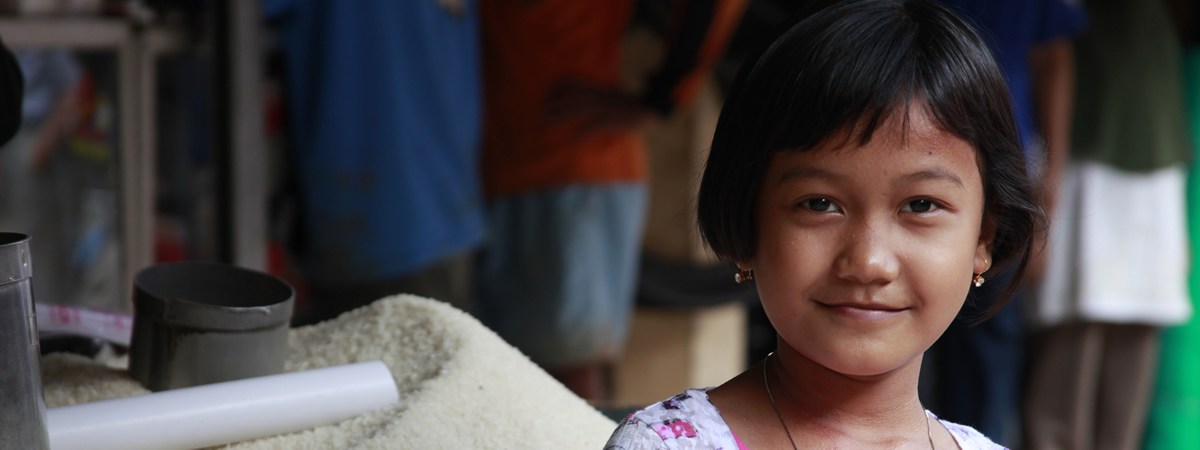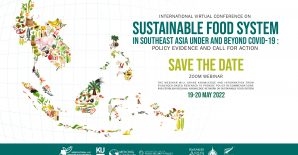News and Analysis
Oleg Pankratov: Effect of Kyrgyzstan's accession to EEU turned out to be blurry
(24 News Agency, 16 Feb 2016) "The effect of Kyrgyzstan's accession to the Eurasian Economic Union turned out to be blurry," Deputy Prime Minister of Kyrgyzstan Oleg Pankratov said at today's press conference. According to him, six months after the entry into EEU is too little to talk about the significant economic results. However, the government is already ready to sum up the first results and to tell about the effect of this move on the economy.
WHO official visits Uzbekistan
(UZ Daily, 15 Feb 2015) Head of the World Health Organization’s Country Office in Poland Dr Paulina M. Miskiewicz held negotiations at the Ministry of Foreign Affairs of Uzbekistan on 15 February 2016. At the meeting, the sides considered current state and perspectives of developing interaction between Uzbekistan and the WHO, implementation of the joint projects and perspectives of developing of cooperation. It was noted that Uzbekistan pays great attention to healthcare and stage-by-stage reforms helped to achieve the UN Millennium Goals on several key directions. It was underlined that Uzbekistan announced 2016 as the Year of Healthy Mother and Children. Uzbek leader approved a state programme “The Year of Healthy Mother and Children”.
Uzbekistan Trade Unions Federation, ILO Bureau discuss cooperation issues
(UZ Daily, 15 Feb 2016) A delegation of Federation of Trade Unions of Uzbekistan paid a visit to the ILO Bureau for Eastern Europe and Central Asia on 10-13 February 2016. During the visit, the sides considered execution of the plan of the joint measures on cooperation between Federation of Trade Unions of Uzbekistan and ILO. They also exchanged opinion on main direction of cooperation between two organizations in 2016. In particular, the sides identified concrete joint activities for 2016 in the field of strengthening of social partnership in order to realize fundamental principles and rights in the sphere of work, promote decent employment opportunities and improve working conditions and social protection.
Rise of Middle Class Undermined in East Europe & Central Asia
(IPS News Agency, 11 Feb 2016) The UN’s post-2015 development agenda, which was adopted by world leaders at a summit meeting last September, includes a highly ambitious goal: the eradication of extreme poverty by the year 2030. The decline in poverty, as reflected in the UN’s Millennium Development Goals (MDGs) which ended last December, had one positive fallout: the rise of a new middle class graduating largely from the ranks of the poor. But a new study by the UN Development Programme (UNDP) points out that the decline in poverty and the rise of the middle class are being undermined by several factors, including falling commodity prices and shrinking remittances – specifically in Eastern Europe and Central Asia.
Kyrgyzstan and the United States to work out new cooperation agreement
(24 News Agency, 10 Feb 2016) Kyrgyzstan and the United States will work out a new cooperation agreement. Press service of the Kyrgyz Parliament reported.
According to it, the Speaker of the Parliament Asylbek Jeenbekov received the U.S. Ambassador to Kyrgyzstan Sheila Gwaltney. The sides discussed a wide range of issues concerning development of bilateral and inter-parliamentary relations. The Speaker expressed gratitude to the people and the U.S. Government for the assistance provided to the country for the entire period of its independence.
CLIMADAPT supports Tajikistan’s efforts to tackle climate change
(EBRD, 09 Feb 2016) Households and businesses to benefit from programme combining finance and innovation. Most of us probably “don’t know much about Tajikistan” (to paraphrase a famous song). That’s a mistake. Tajikistan, a former Soviet republic, is a country in Central Asia with spectacular mountains, gorges and waterfalls. In the Pamir Mountains, the “Roof of the World”, legend has it that the best carpets in the world are being made. What we should also know about Tajikistan, however, is that it is amongst the most vulnerable countries to climate change in the world. Tajikistan’s climate is changing drastically. Average temperatures are rising, precipitation patterns are shifting and glaciers are retreating.
Publications
Djalilov, BM.,, Khamzina, A., Hornidge, AK., and Lamers JPA. (2016). Journal of Environmental Planning and Management. 59 (1) Pp 142-162. Abstract: Agroforestry is often an economically viable land-use option for the environmental rehabilitation of salinized cropping areas in irrigated drylands, but afforestation initiative at the farm level is subject to various socio-political constraints. We analyzed the factors that affect farmer decisions with respect to the agroforestry adoption using an ex ante approach through Ethnographic Decision Tree Modeling (EDTM). Constraints on agroforestry adoption were identified via a review of legal documents, focus-group discussions, and a farm survey in northwest Uzbekistan. The findings highlighted the importance of farmer perceptions of risk with respect to decision making surrounding the adoption of alternative land uses. The EDTM analysis allowed determining those policy incentives for afforestation that could directly influence the decision-making process of potential participants. In particular, there is a need for increased land-use flexibility, improved land tenure and tree plantation proprietorship security, increased awareness raising and training in agroforestry practices, and greater institutional support.
Conrad, C., Lamers, JPA., Ibragimov, N.m Low, F., and Martius, C. (2016). Journal of Arid Environments. 124. Pp 150-159. Abstract: In Central Asia, actual cotton rotation practices are repeatedly believed to resemble “Soviet cropping conditions” with continuous cotton sequences of six years or more. We investigated current cotton growing patterns in Khorezm, one representative cotton production region in Uzbekistan utilizing time series of 250-m MODIS satellite data. A Random Forest model was established using reference data of 2004–2007 to generate annual crop maps in 2000–2009. A linear model was applied to assess the spatial distribution of the longest observed cotton sequence within the ten-year observation period. All cotton-growing sequences were compared to the national crop rotation recommendations. The classification achieved an overall accuracy of 82%. We found that cotton remains the major crop in the region. It was cultivated for more than five out of the ten years on 46.5% of the cropland. But “Soviet cropping conditions” on less than 20% and officially recommended cotton sequences on more than 50% of the cropland challenge the notion that cotton mono-crop dominates Central Asia. Statistical analysis revealed that long cotton sequences preferably occur on fields far from settlements and under reduced soil suitability for irrigation. The results enable decision makers to better explain unfavourable cotton cultivation practices and to stimulate improvements.




Leave a Reply